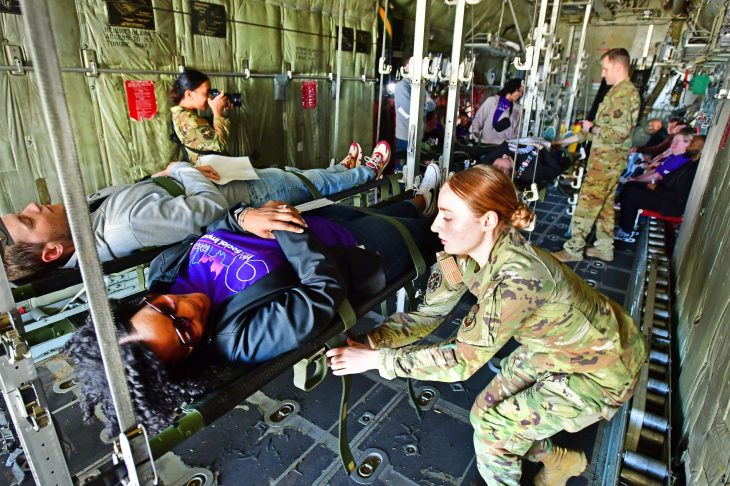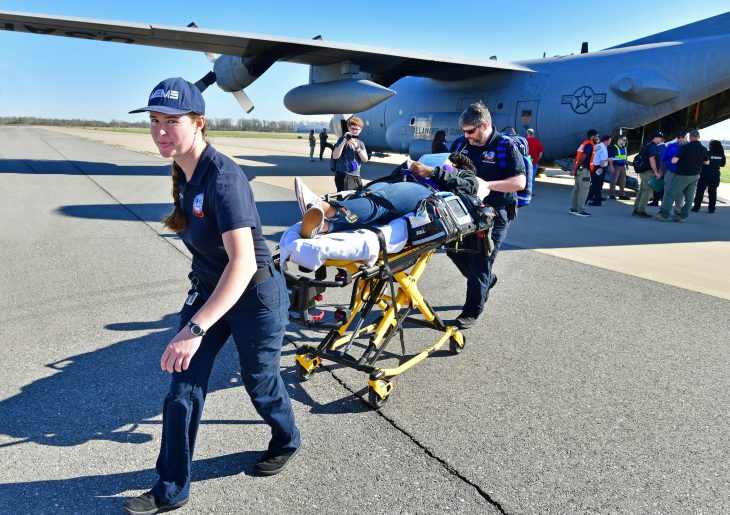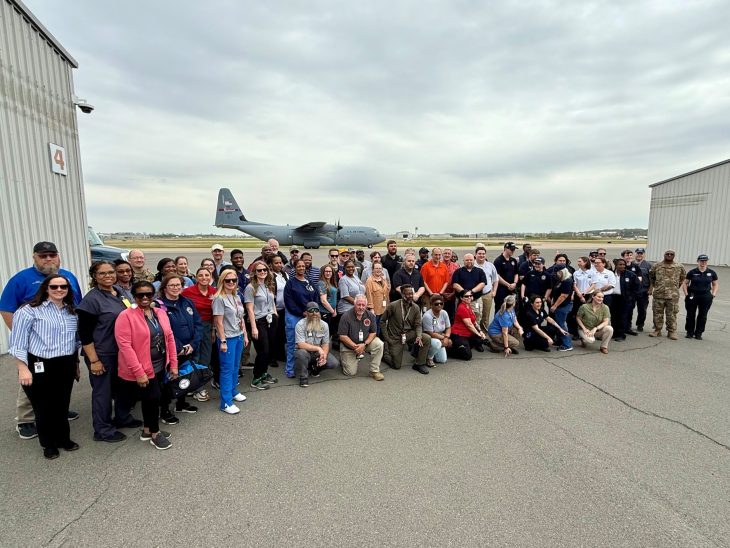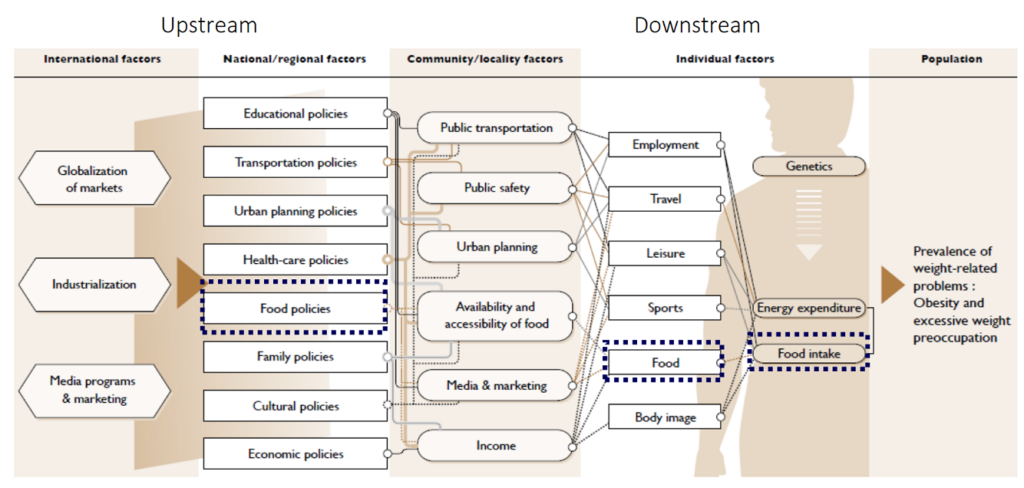
Ensuring Veteran care during crisis through lifesaving exercises
Each year, VHA’s Office of Emergency Management (OEM) conducts disaster-related exercises throughout the nation at strategic hubs, known as Federal Coordinating Centers (FCC), intended for receiving and coordinating patient care. The exercises provide VA staff and partner agencies the opportunity to achieve and sustain a high-level of readiness for major incidents. Additionally, it is an opportunity to exercise VA’s Fourth Mission, a statutory requirement to improve national preparedness for incidents, such as pandemics and hurricanes, involving a public health crisis and the need to transport patients.
For calendar year 2025, the Central Arkansas Veterans Healthcare System (CAVHS) kicked-off the season’s first large FCC exercise at the Bill and Hillary Clinton National Airport on March 25 in Little Rock, Arkansas. More than 100 representatives from VHA, Department of Defense, Arkansas Department of Emergency Management and Department of Health, the Little Rock Airport and more took to the severity of a mass casualty scenario requiring federal patient movements during a natural disaster.
Helping the community
“The exercise occurs in coordination with DOD,” said Dr. Michael Moore, CAVHS Medical Center director. “If this were real-world, the exact same team that’s out here today practicing this exercise would be present, triaging the patients that came in on the airplanes and then helping to route them to the appropriate level of medical care throughout the Little Rock community.”
The FCC exercise involved two C-130 military transport aircraft from the Air National Guard’s (ANG) 189th Airlift Wing, Wyoming ANG, and 165th Airlift Wing, Georgia ANG. The 19th Operational Medical Readiness Squadron facilitated the DOD mass casualty transport, which was combined with Patriot 25, a National Guard-sponsored exercise designed to enhance domestic response readiness and interagency coordination. DOD, primarily Air Force elements, routinely provides the airlift capability for nationwide FCC federal patient movements.

VA medical response team
When patients arrive on air transport, an emergency medical response team (EMRT) from VA, made up of physicians, nurses and a variety of staff, receive the patients, assesses their condition and needs, and routes them to the appropriate place for continued care.
FCCs are a vital capability to DOD’s large-scale contingency planning and the National Disaster Medical System (NDMS)—a federally coordinated program facilitating movement and care for injured or sick people during large-scale emergencies, such as natural disasters. Sixty-two FCCs across the nation are maintained and operated by VHA and DoD, with VHA primarily responsible for 48.
Billy Young, VHA OEM area emergency manager, was a driving force behind the planning and conduct of the FCC exercise in Little Rock.
“It means a lot, both for the community and the Veterans, VA, having the Fourth Mission, to be the back-up for the DoD and the nation as a whole for the community,” Young said. “I’m an Arkansan and I’m from here; I started out volunteering with our EMRT back when the initial need for the NDMS was developed and then truly needed for Hurricanes Maria and Rita… it means a lot to see.”

The mission
Young said he was in Little Rock checking-in displaced residents at an ER during Hurricane Rita. The passion he has for emergency management comes from seeing the Veterans impacted from an area and non-Veterans impacted in the community, and knowing firsthand the need for FCCs to effectively perform lifesaving patient movements.
“This mission must be successful,” Young said. “I’m so thankful to all the community members who came together to conduct this exercise.”
VHA OEM area emergency managers generally serve as FCC coordinators and the local medical center director as the FCC director. OEM facilitates more than a dozen full-scale exercises throughout the year.

“It could be hurricanes; it could be earthquakes; it could be a number of disasters. We try to be prepared no matter what the disaster is,” said Moore.
FCC exercises reinforce VA’s enduring commitment to protecting Veterans in crisis. The Fourth Mission allows VA to support non-Veteran populations when needed, while continuing to serve Veterans. The exercises involve realistic, modernized scenarios and response capabilities, such as a natural disaster or pandemic combined with cyberattacks or radiological event. Visit the VHA OEM website to learn more about FCCs and VA’s Fourth Mission.









